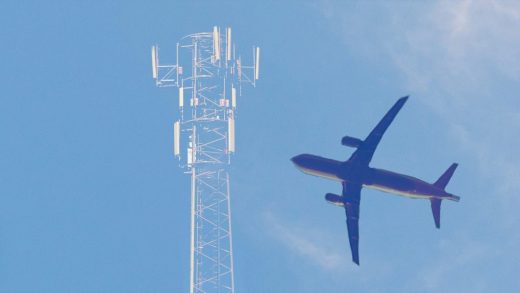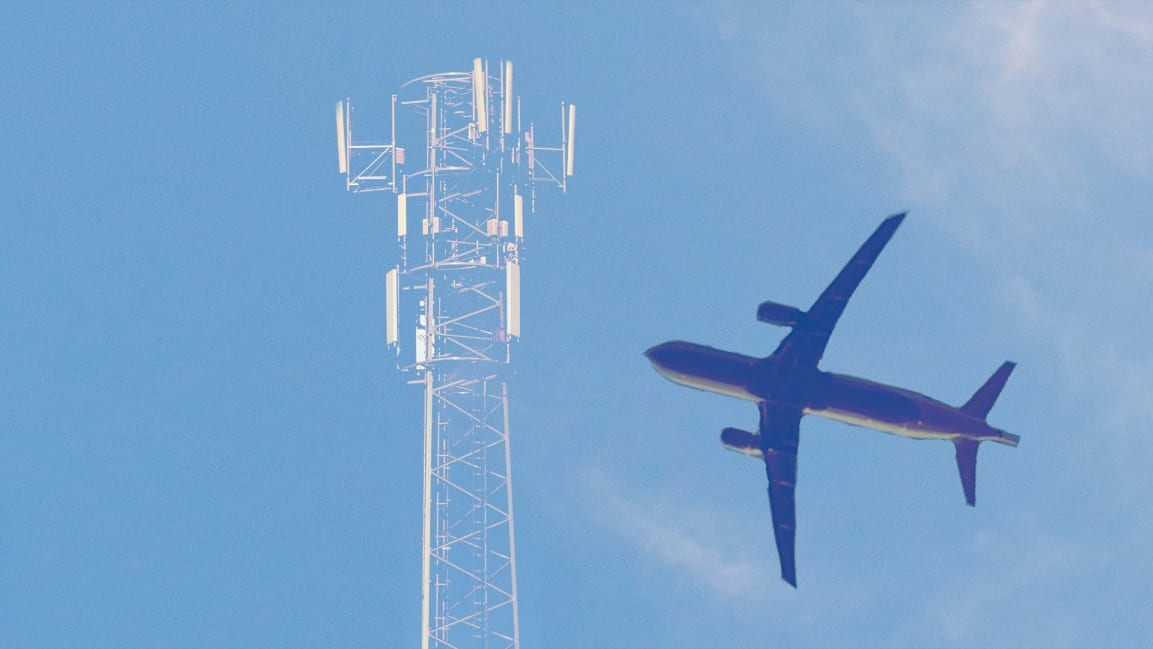5G technology rolling out soon could affect aircraft signals, FAA warns
Fortunately, COVID-19 conspiracy theories surrounding the advent of powerful 5G technology have been debunked. But unfortunately, more troubles have risen for 5G as the Federal Aviation Administration (FAA) warned Tuesday that the telecommunications network could potentially interfere with aircraft electronics—a matter that could require “mitigating action.”
5G, or the fifth generation mobile network, was first deployed in 2019 and promised to revolutionize broadband with vastly greater bandwidth and faster download speeds. Possibilities include a seamless plug-in to virtual reality worlds, as well as a new Internet of Things—a term used to describe the “smart” automation of myriad inert objects, from sidewalks and winter jackets to tomato planters. Many mobile service providers have offered 5G for years now, with network executives heralding it among the most transformative technologies of our time.
However, the FAA’s recent warning concerns a new spectrum of 5G service, which providers are set to roll out December 5. According to the bulletin, this new band could disrupt radio signals from radar altimeters, which are used to measure how close an aircraft is to the ground. This device is critical for landing when visibility is low, and also serves as an anti-collision safeguard. The FAA says it’s working with agencies to let the new 5G sphere safely coexist with aviation—however, the notice highlights growing odds between the mobile network and flight industries.
The Federal Communications Commission, which oversees the distribution of network radio bands, did not immediately respond to a request for comment.
The FAA’s bulletin also notes that part of the problem is because technical specifications for radar altimeters were engineered long before 5G was dreamt up—thus, the instructions failed to build in corrections for competing radio waves. Aviation representatives have said it would take years to draft new standards for the altimeters and then replace all those in the field.
(13)



